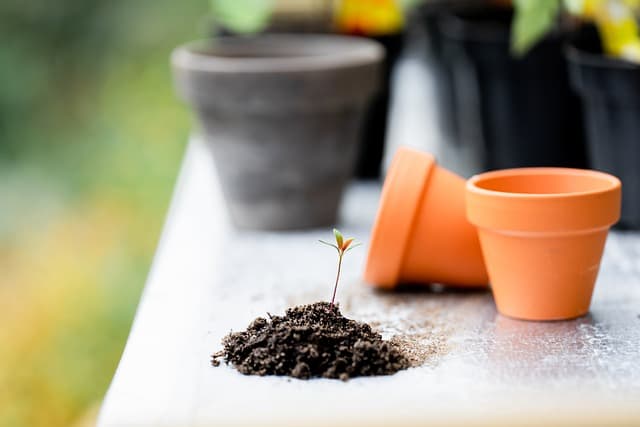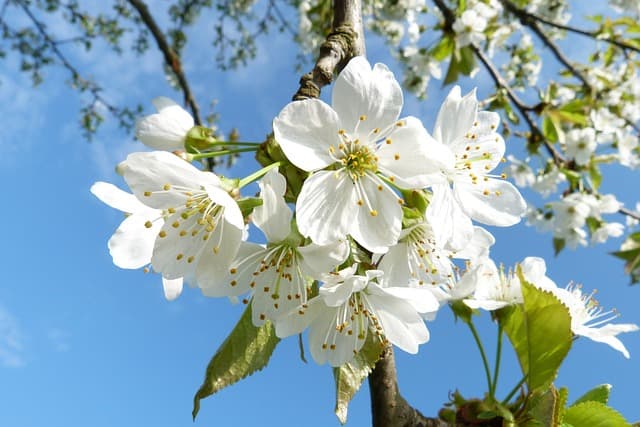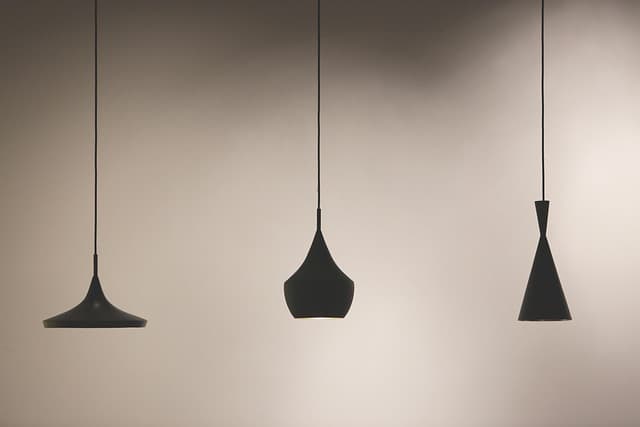Smart gardening allows you to save time, use space efficiently, keep your garden clean and enjoy the process of growing plants. There are many ways to do this, such as compact trellis gardens, vertical gardening, and, of course, container plants. The principle of a potted “garden” is to be able to grow any crops even if there is no land at all. But many people use it also in the garden – the landscape becomes neat, and care is simplified.
Plants in pots: the advantages of container gardening
In urban landscaping, flowers and trees in pots and containers occupy an important aesthetic role. But in addition to street decoration, this method of cultivation can be used in the decoration of the adjacent territory, entrance groups and the garden.
Spicy ornamental herbs in containers on the terrace
By the way, container gardening, which came to us from Europe, has become fashionable far beyond its borders. The East is also favorable to this design – the Japanese love for small forms transformed into a whole art called Niwaki.
Coniferous, citrus and deciduous gardens, which epitomize the eternal cycle of life, occupy a part of Japanese culture. This tradition is over 1,000 years old, and we should definitely familiarize ourselves with the science of container gardening to make our garden original and more diverse.
Originally, botanical gardens grew medicinal plants in tubs. In modern Europe, aromatic and horticultural crops have been elevated to an art form.
You can buy an already formed tree in the Bonsai style in nurseries
Growing plants in pots, tubs and containers has several major advantages besides saving space:
- It is easy to combine plants – on one site you can combine different types of crops in compositions (they will all grow in different soil);
- It is easy to take care of the mini-garden – weed seeds will not get into the pots;
- Plants in pots are convenient to transport, change the exterior according to the mood and remove crops for winter storage;
- The yard, terrace, garden paths and vegetable garden always remain clean – wet soil does not stain your shoes;
- Potted crops look beautiful – cachepots are selected with regard to style and shape;
- Flowers and herbs in vases hide unsightly areas and gaps in the lawn.
Potted containers for the “vegetable garden”
Preferable materials for potted plants outside are considered products made of concrete and PVC. Are not afraid of blahs and ultraviolet light, and the variety of shapes allows you to choose the most suitable copies.
Cachepots made of concrete are weighty. In them it is good to plant dwarf trees and perennial flower beds
But the choice does not end there, and for every taste and budget manufacturers offer:
- Metal wrought iron cachepots;
- Boxes made of artificial marble and granite;
- Ceramic and faience pots;
- Wooden boxes.
For growing a vegetable garden on the windowsill also suitable glass, plaster and plastic containers, and phytomodules with adjustable watering. And as a garden art object, many manage to adapt decorative barrels, aluminum cans, baskets from bicycles and old broken toys.
An original addition to the garden will be beds in barrels and crates
The most inexpensive will be landscaping in polypropylene pots, which became popular due to the variability of color. But take into account that under the sun the material loses color saturation.
Style variations are also many: from geometrically correct “boxes” to fantasy street vases, curved cachepots, reminiscent of sea stones and heads of fairy tale monsters.
Determining the capacity, it is necessary to take into account the concept of the landscape, because in the eastern style prevail strict forms, while in Provence and country “allowed” creative flight, up to the debris of pots, garden leeks, buckets and rubber boots. You can come up with a lot of funny compositions, the main thing is to collect the garden in a single style framework
Containers are collected in compositions or left alone. The main thing is to correctly combine materials and colors.
If desired, in container gardening you can use homemade cachepots-gabions. Metal mesh is cut to size, create a shape and fill the walls with stones of different fractions.
Stone fences make excellent cachepots and beds
In the past, gabions served as defensive structures, redoubts. Now they are part of landscape design. With the help of woven wire, sculptures, fences and containers for plants are made. In order to avoid weed growth, we recommend that the garden plot be pre-sown with a seeded lawn or cover the ground with a rolled lawn.



